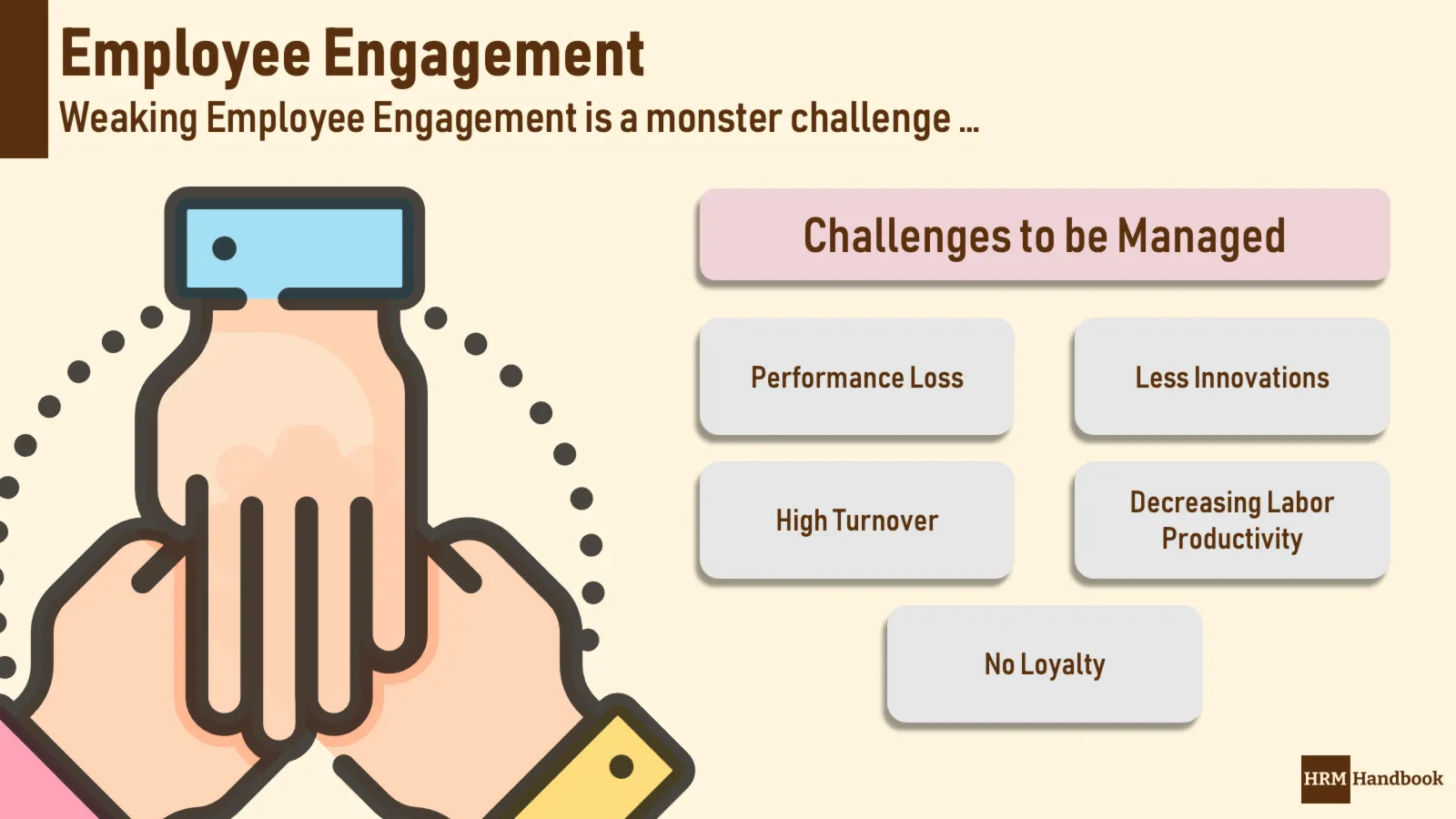Employee Engagement as HR Challenge
The competitiveness of the company must be sustainable. Sustainability is determined by employee engagement. It is the enterprise with engaged employees that has a competitive advantage. A great leader focuses first and foremost on employee engagement and empowerment. These two points are on the strategic agenda. A leader knows that no technology makes a competitive difference. He or she knows that a business cannot lack engaged and empowered employees. Employee engagement is the strategic answer. You can buy brains, but you can’t buy the hearts of employees. You have to win them one by one. This is the toughest challenge in human resources. It is the real imperative of HR management.
Modern human resource management has a clear focus on employee engagement. It gives managers and leaders the tools to empower employees. Full engagement of the leadership team will always help. Leaders need to spread positive vibes throughout the organization. Moreover, employee empowerment is the easiest way to increase performance and productivity.
A high performing organization must take care of its employees. They must measure the climate in the company. It must frequently ask how it can improve the work environment. It must demonstrate that employees are the primary concern of the leadership team. However, most businesses do not have a healthy internal climate. They do not score high on employee engagement. The HR department lives in a challenging environment and the HR manager faces many problems. The changing world does not support employee empowerment and accountability.
Innovative organizations always employ engaged employees. They find creative ways to improve people engagement. It motivates them to bring clear business ideas. It enables increased productivity because it gives people controlled freedom. The only problem such an organization has is how to maintain positive momentum. It understands the secret to building an effective team.

In comparison, other organizations usually lack commitment and lose market share. They don’t deliver strategic answers to client needs. They don’t innovate, they just pay for brains. They don’t capture the hearts of employees.
The most serious employee engagement problem is the lack of a competitive strategy. Many organizations don’t have a clear vision of their market niceness. They only respond to innovations brought by others. Because the market is restless, the responses become chaotic. The company sends no positive signals to employees. It becomes a real follower.
The organization loses potential and employees do not see a future in the company. They lose confidence. They don’t follow the leader. They don’t criticize, they just leave. They want to find a better job with a brighter outlook. They want a job where they’re valued.
These organizations usually end up as victims of mergers and acquisitions. They have valuable know-how but lack the strength to regain the market. They lack committed employees.
The second most serious engagement problem is over-satisfaction. A successful organisation usually stops watching the competition. They just wait for the leadership team to make mistakes. Employees are more sensitive to the actions of the market leader.
These businesses usually lose proactivity. Leaders and managers do not take significant risks. They prefer to leave things as they are. Executives believe that no other company can outperform their services and products.
Employees are more sensitive to changes in the market than executives. They see danger and want to react. If the management team does not respond, there is a disconnect. This is a challenging situation for HR.
An innovative modern enterprise cannot risk a decline in employee engagement. It needs to empower the HR department to send an early warning. Employee engagement surveys are not the only tool for measuring the climate in a company. The HR manager must go back to basics. He needs to talk to employees and confirm their doubts and concerns to line management.
Employees and empowerment must become a topic during strategic considerations. Leaders must invite things to be discussed on relevant topics. They must listen and provide answers. The company must show that it cares.
HR leaders must push the company’s training agenda. The HR department must adopt a strong training strategy. They must ensure that the organisation responds sensibly to change. The HR department must teach the leaders to retain the ability to make decisions.
Human resources can lead many initiatives that can improve employee engagement. However, keeping the organization agile pays more. This is the way to tackle this HR challenge.